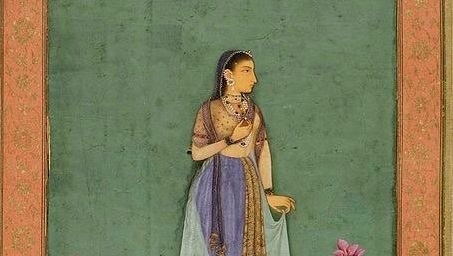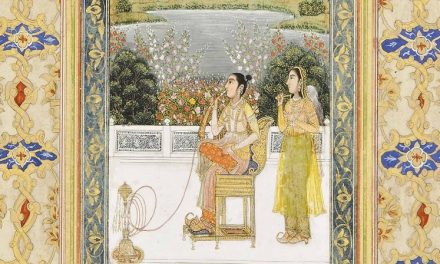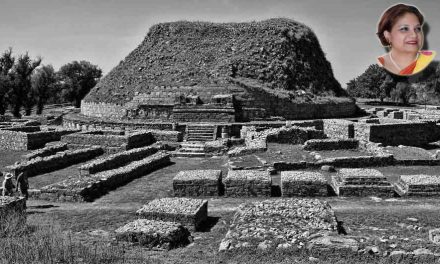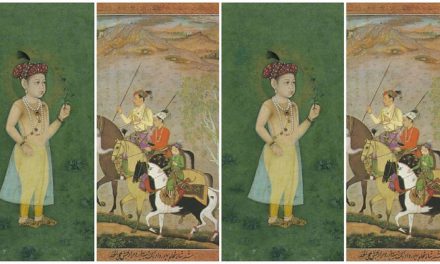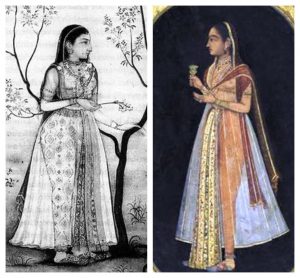
Jahanara Begum. Image source: Google
Among the many famous characters of the Mughal era, stands one name that deserves more recognition and glory than most. She is none other than Mughal Queen Jahanara Begum, the eldest daughter of Mughal Emperor Shah Jahan and his beloved wife, Mughal Empress Mumtaz Mahal.
Women at that time were expected to stay in the harem, within the court vicinity, catering to their men and family. However, Jahanara Begum was not like the rest. She defied all stereotypes and lived a life outside the conventional role of a Mughal princess. Her world did not revolve around the men of the family or within the harem. She was an exemplary poet, writer, painter, engineer and an extraordinary architect, who contributed significantly to the capital city of Shahjahanabad.
At the tender age of seventeen, Jahanara Begum received the title “Padshah Begum”, First Lady of the Mughal Empire, after the untimely demise of her mother. Half of her mother’s property, worth ten million at that time, was given to her. The royal seal was also entrusted to her and overtime Jahanara became one of the wealthiest women of the empire.
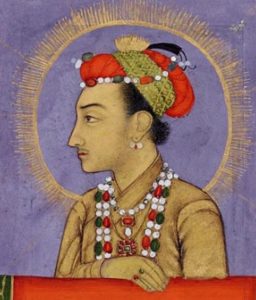
Young Dara Shikoh. Image Source: Google
She had an annual income of three million rupees, in addition to the revenues of the port of Surat, assigned for her expenditure on betel. She was also in possession of many precious stones and jewels that had been given to her by her father. Many villages and lands were granted to her and she owned several gardens too, including Bagh-i-Jahanara, Bagh-i-Nur, Bagh-i-Safa. Jahanara was also one of the few Mughal women who owned a ship. Her ship, Sahibi, which she constructed herself, was docked at her port in Surat and carried trade with the Dutch and the English. Besides being affluent, she was bestowed with the kindest heart by God.
When her ship set sail for its first journey, she ordered that the ship should make voyages to Mecca and Medina every year with fifty koni (7550 pounds) of rice for distribution among the destitute and needy. She was renowned for making incredible charitable donations and made great monetary contributions in support of learning and the arts.
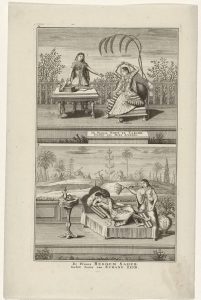
Jahanzeb Banu, daughter of Dara Shukoh and Jahanara Begum, Dara’s sister. Image Source: Google
Jahanara herself was a keen learner. She had many tutors including Mumtaz Mahal’s secretary, Sati-un Nissa, who was known for her knowledge of the Qur’an and Persian literature. Akin to her brother, Dara Shukoh, she was inclined towards Sufism and was a disciple of Mullah Shah Badakhshi.
He introduced her to the Qadiriyya Sufi order to satiate her spiritual longings. She made such progress on the Sufi path that Mullah Shah would have named her the successor in the Qadiriyya, if the rules allowed. One of Jahanara’s books, ‘Risalah-i-Sahibiyah’ was based on her spiritual journey with Mullah Shah, where she expressed her affection towards the Qadiriyya Sufi order. She is credited with writing ‘Mu’nis al-Arvah’, the biography of Sufi saint and Chishtiya order founder Moinuddin Chisti which is widely acclaimed for its literary craftsmanship.
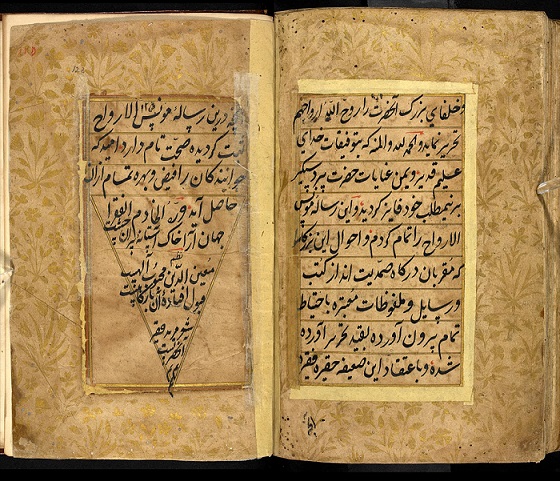
Colophon of Muʼnis al-arvāḥ copied by Jahanara who signs herself “Jahanara, a speck of dust at the feet of the sages of Chisht” (Or. 5637, ff. 122-23). Image Source: blogs.bl.uk
Jahanara too, like many in her family, faced turmoil when the battle for succession began. She openly sided Dara Shukoh, who she was more attached to than her other brothers, Shah Shuja, Murad Baksh and Aurangzeb. It was a bitterly fought war where Aurangzeb joined forces with Murad Baksh to tackle Dara Shukoh. Jahanara tried to convince Aurangzeb to not put up a fight against his elder brother and to follow a path of loyalty and obedience, but it was to no avail.
She even helped Dara Shukoh with money, soldiers and weaponry but it had no impact on the result and Aurangzeb remained undefeated. After Aurangzeb sat on the imperial throne, he sent his father Shah Jahan to court imprisonment in Agra Fort. Jahanara also went to voluntary house arrest with her father which led her to become his closest companion and aide. She devoted all her time to her father and cautiously watched after his safety till his death.
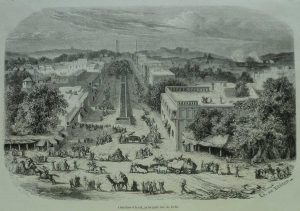
Chandni Chowk. Image Source: Columbia
After Shah Jahan’s demise, Jahanara returned to the courtly life under Aurangzeb, who restored her title of “Padshah Begum”.
Following her father’s footsteps, Jahanara contributed to several architectural gems. She built mosques, gardens, inns and bazaars all over the subcontinent. Her greatest contribution was Delhi’s beautiful Chandni Chowk. As Stephen Blake describes in his book, Shahjahanabad: The Sovereign City in Mughal India, “The chowk was an octagon with sides of one hundred yards and a large pool in its center. To the north, Jahanara built a Caravansarai (roadside inn) and a garden and, to the south, a bath. On certain nights the moonlight reflected pale and silvery from the central pool and gave to the area the name Chandni Chowk (Silver or Moonlight Square).
This name slowly displaced all others until the entire bazaar, from the Lahori Gate to the Fatehpuri Masjid, became known as Chandni Chowk”. Alongside the chowk, Jahanara is highly credited for her great monetary contribution in the construction of the famous Jami Mashjid in Agra. Despite being the wealthiest woman of that time, Jahanara did not build a lavish tomb for herself like her mother Mumtaz Mahal.
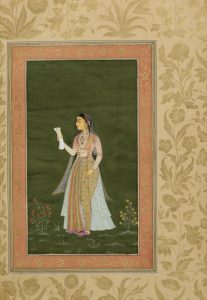
17th C portrait attributed to Painter Lal Chand & identified as Princess Jahanara. Image Source: British Library
Her tomb is simple yet elegant, built in the dargah of Hazrat Nizamuddin Auliya. Today, the tomb of one of the most powerful and influential princess of the Mughal Empire is a place for keeping mentally challenged women. Most people who visit her tomb, do not even know of her legacy. Her tomb is considered remarkable for its simplicity.
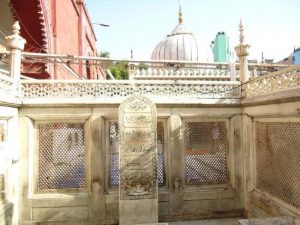
Jahanara’s tomb. It is inside the Hazrat Nizamuddin Dargah Complex in New Delhi. Image source: Tripadvisor UK
Jahanara Begum was a paragon of virtues: well-educated, well-versed in statecraft, even-tempered, beautiful. Her knowledge from Sufism reflected in her personality, which can be considered saint-like or angelic. Italian traveller Niccolao Manucci, who visited India during that period, wrote: “Jahanara was loved by all, and lived in a state of magnificence.” She was unlike any other Mughal princess because whatever she was and achieved, she did them all by herself- without a spouse.
Many proposals came her way, but she never got married. When Dara Shukoh fought for the throne, he promised his beloved sister that once he sits on the imperial throne, he would grant Jahanara permission to marry anyone of her choice. However, Dara never became the emperor and Jahanara devoted herself to more important aspects of life than marriage.
Generous, kind, loving and a golden – hearted are words that best describe princess Jahanara Begum, who deserves utmost respect and recognition as a Mughal Queen.

